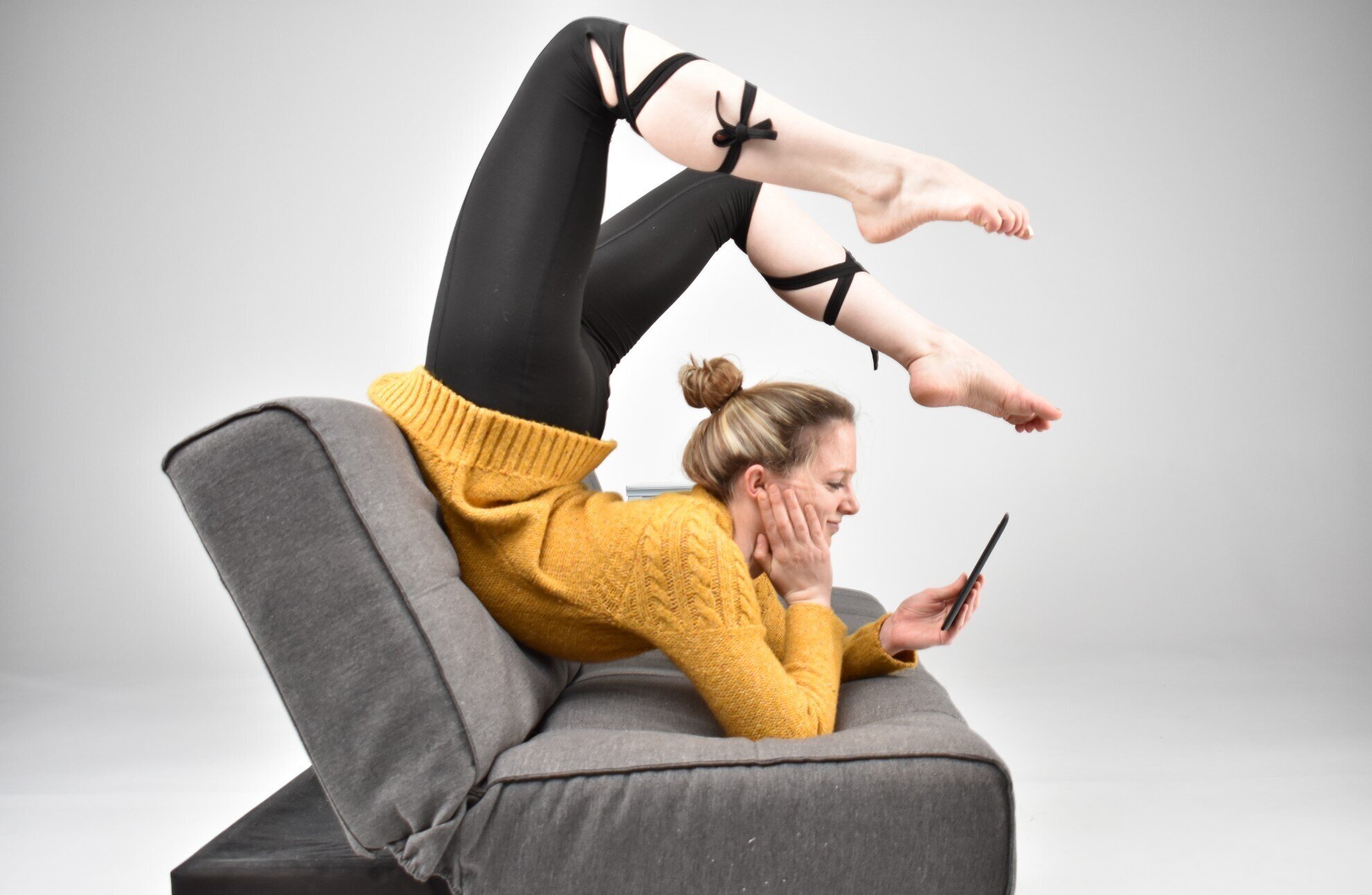TIPS, TRICKS & HOW-TOs
The Bendy Blog: Flexibility Training Articles
Filter posts by topic:
All Posts / Bridges / Contortion / Front Splits / General Back Flexibility / General Flexibility Tips / General Lower Body Flexibility / Middle Splits / Neurodynamics / Shoulders / Straddles / Yoga /

Is Nerve Tension Limiting Your Shoulder Range of Motion?
When it comes to being able to reach your arms overhead (shoulder flexion), there are a couple of nerves that - when under tension - can cause tightness in this range of motion. The two most common troublemakers are the ulnar nerve and the median nerve - because they impact very similar ranges of motion, I’m lumping them together in the same blog post. Let’s learn how to identify if they’re restricting your range of motion, and what to do about it!
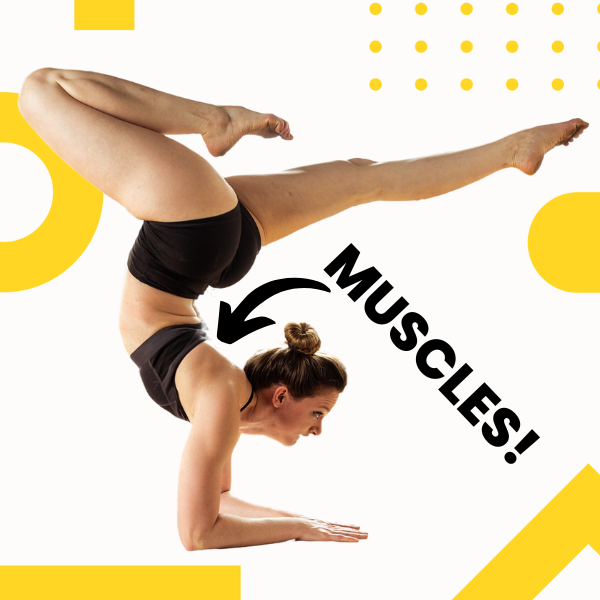
Shoulder Conditioning for Contortion Forearm Stands
Whether you’re just starting to work on inversions like forearm stands and handstands, or have been practicing for some time but need help learning to balance, working on strengthening your shoulders - especially your good ol’ rotator cuff - will be a big help in stability and feeling controlled in these poses.

Pincha (Forearm Stand) Tips to Balance Like an Instagram Yogi
Being able to hurl your entire bodyweight over your shoulders/forearms in a forearm stand is a formidable task to begin with, let alone try to balance yourself in that position! Thankfully once you learn to properly engage your muscles (and stop being a darn wet noodle), finding - and holding - your balance becomes much more achievable! With practice, you too can be busting out fancy forearm stand balances like a fancy Instagram yogi influencer (#yogisofinstagram).
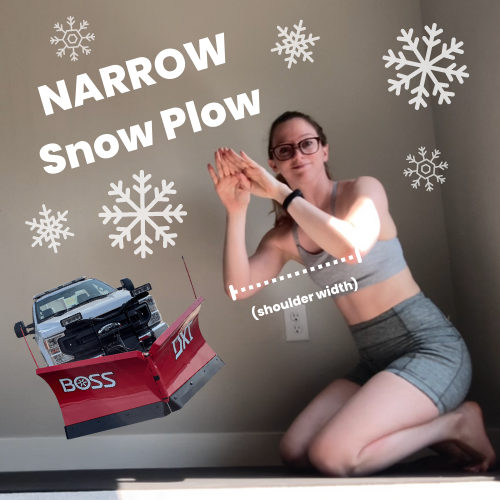
3 Ways to Get into a Wall-Supported Forearm Stand (Pincha Pose)
Forearm stands are one of my favorite contortion shapes (because they are so fun to balance and there are lots of “options” for styling with your legs!) - but they can be daunting to try to tackle if you’ve never trained them before. That’s where learning some safe progressions can help build up your shoulder strength and flexibility, and your own confidence with supporting your body weight in this pose. These are 3 variations of forearm stands I like to work on with “begintermediate” students who are starting to work on forearm stands (similar to pincha mayurasana in yoga) for the first time.
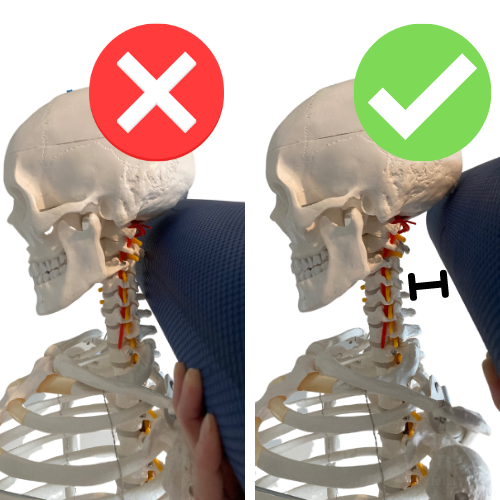
2 Minute Neck Foam Rolling Routine to Ease a Sore Neck
Your neck may not be something you normally think about foam rolling - but man it can feel good! If you’ve got a tight neck from craning your head all day, or if it’s sore from doing lots of backbending and neck extension work (looking at you, fellow contortionists!) using a foam roller to help give it a stretch and gentle massage can feel quite nice.
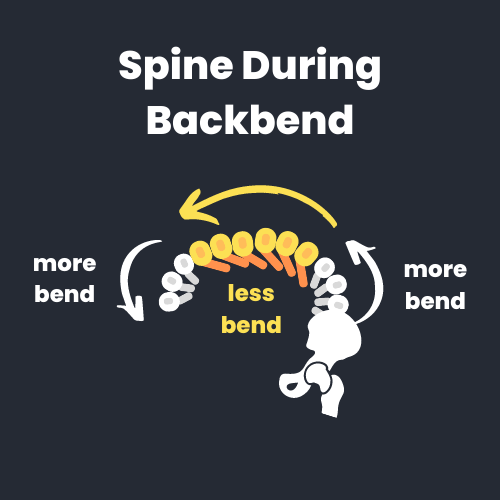
Why Your Upper Back Sucks at Backbending (and How to Make it Suck Less)
Are you struggling to bend from your upper back? You’re not alone! In my 11+ years of training & teaching, I’ve found vast majority of students have a hard time arching through their upper back in backbends - and that’s because our upper back isn’t really designed to bend. Thankfully you don’t have to be doomed to have a flat-as-a-board upper back in all your bridges and backbends forever. With the right training and coaxing, anyone can improve their upper back flexibility and let it join in on the backbending part-ay!

Wrist Warm Up for Handstands
Warming up your wrists should always be a part of your handstand training (or really any training where your hands are bearing body weight, like pole dancing, bodyweight calisthenics, or contortion). Warming up your wrists will not only make your handstands more comfortable and help prevent wrist injuries, but you can include conditioning exercises to strengthen your wrists to make your balances stronger!

How to Get More Open Shoulders in a Bridge
If you feel like most of the bend in your bridge comes from your low back - you’re not alone! For the vast majority of the population, a bridge (or “full wheel” in yoga) is a low-back dominant pose, taking advantage of the natural curve of your lumbar spine. If your bendy aspirations are to even out your bend (and progress to deeper backbending poses), you’ll need to learn to recruit your shoulders and upper back.
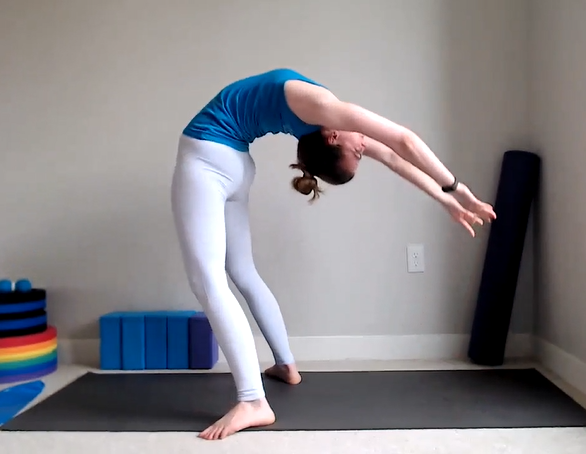
How to Stand Up from a Bridge (aka “Raise the Dead”)
Being able to stand back up from a bridge is a common goal for contortionists and advanced yogis alike - and it’s quite the challenge given the amount of glute, hip and core strength required! This is an advanced skill I would suggest working with a coach on if you haven’t done any form contortion training/classes before to make sure you understand the proper engagement to safely get into deep backbends.

How to “Sit” in a Chair Sit Bridge
A chair sit bridge is often one of the trickiest one for beginning contortionists to learn because it requires quite a bit of back and shoulder flexibility, AND solid body awareness of how to move your hips in space while you are engaging in a backbend. In this blog post I cover some prep drills to help learn the “butt coordination” (aka hip pike) required to sit in a chair sit bridge.
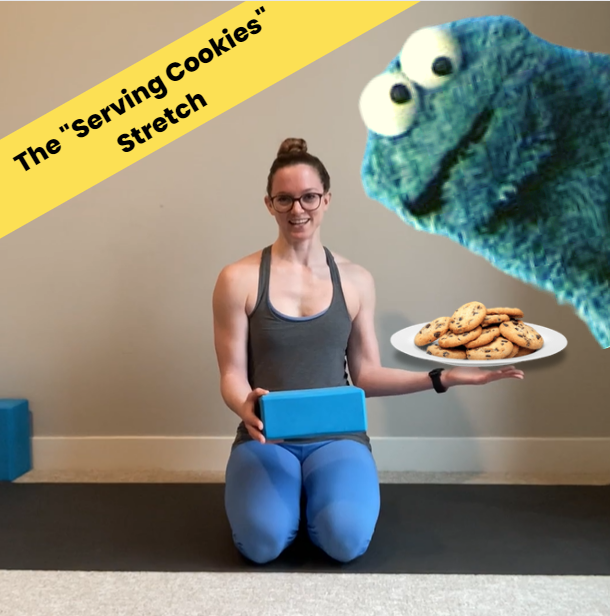
5 Drills for Improving Overhead External Shoulder Rotation
Lack of external shoulder rotation - whether it’s for a backbend like a bridge, or a flat back shape like a handstand - can be a limiting factor for both flexibility newbies and aspiring contortionists alike. And this is especially challenging if you also struggle with shoulder flexion (being able to reach your arms straight overhead). Read on for a full routine to strengthen and stretch your overhead external shoulder rotation for bendier bridges and happier handstands!

The Importance of “External Shoulder Rotation” in a Backbend
Shoulders can be a confusing body part (ok body parts depending on how you want to define it!) - there’s a lot of different ranges of motion they can move. That’s why it’s so important to condition them and make sure they’re strong to support the multiple ranges of motion your movement discipline requires. For backbending and shoulder flexibility for things like a bridge (aka full wheel), forearm stand, or handstand, a common shoulder position to drill and strengthen is our external shoulder rotation to stabilize our shoulders and allow for a deeper bend in both the shoulders and upper back.

